Home>diy>Architecture & Design>How To Incorporate A Farm Into House Interior Design
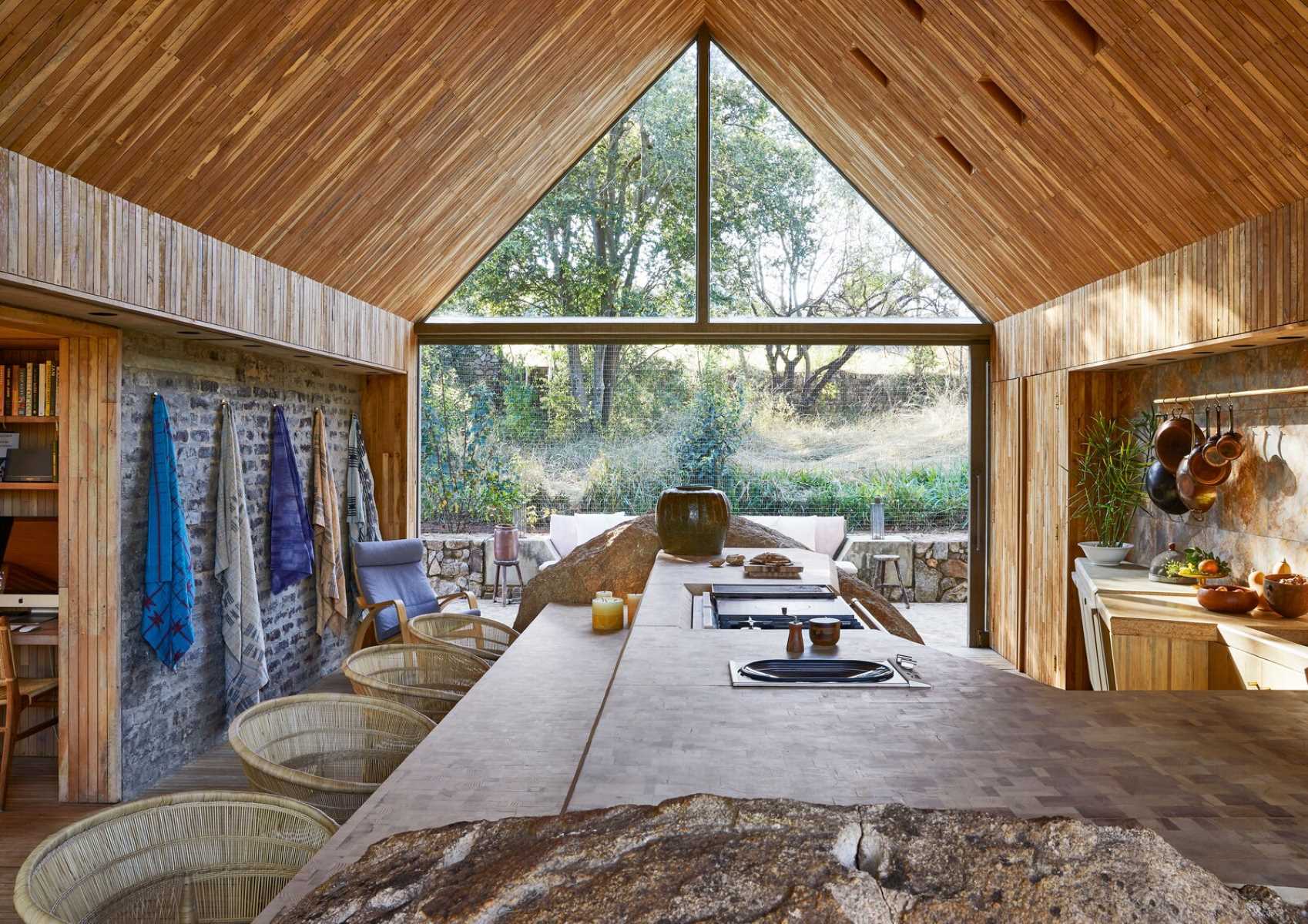

Architecture & Design
How To Incorporate A Farm Into House Interior Design
Modified: February 24, 2024
Learn how to seamlessly incorporate a farm into your house's interior design with expert tips and ideas in architecture and design.
(Many of the links in this article redirect to a specific reviewed product. Your purchase of these products through affiliate links helps to generate commission for Storables.com, at no extra cost. Learn more)
Introduction
Welcome to the world of farmhouse-inspired interior design! If you’re looking to create a warm, cozy, and inviting atmosphere in your home, incorporating elements of a farm can be a unique and charming choice. Whether you live in the countryside or the heart of the city, bringing a touch of the farmhouse aesthetic into your house can transform it into a rustic haven.
When it comes to farm-inspired interior design, the key is to strike a balance between modern comfort and traditional charm. By combining rustic elements with contemporary accents, you can create a space that feels timeless and cozy.
In this article, we will explore different ways to incorporate a farm into your house’s interior design. From choosing the right farm elements to selecting farmhouse furniture, we will guide you through every step of the process. So, let’s dive in and discover how to bring the charm of the countryside into your home.
Key Takeaways:
- Embrace the timeless charm of farmhouse-inspired interior design by incorporating rustic elements, farmhouse furniture, natural materials, and vintage accessories. Create a warm, inviting space that reflects the beauty of rural living.
- Infuse your home with the cozy and nostalgic atmosphere of farmhouse design through the use of farmhouse-inspired patterns, prints, lighting fixtures, indoor plants, and small details. Achieve a harmonious blend of modern comfort and traditional charm.
Read more: How To Design My House Interior
Choosing the Right Farm Elements for Your Interior Design
When incorporating a farm into your house’s interior design, it’s essential to select the right elements that capture the essence of rustic living. Here are a few key areas to focus on:
- Exposed Wooden Beams: Exposing the wooden beams in your ceilings or adding faux beams can instantly create a farmhouse atmosphere. The natural, weathered look of the wood adds warmth and character to any room.
- Barn Doors: Installing barn doors is a fantastic way to evoke the charm of a farm. Whether you use them as room dividers or closet doors, their rustic appeal and sliding mechanism will enhance the farmhouse vibes.
- Shiplap Walls: Shiplap, with its horizontal wooden slat design, is a quintessential farmhouse element. Adding shiplap to your walls can create a cozy and rustic ambiance in any room.
- Farmhouse Sink: A farmhouse sink, also known as an apron sink, is a classic feature of farmhouse-style kitchens. Its large, deep basin and front-facing design add both functionality and charm to your culinary space.
- Window Treatments: Opt for simple and practical window treatments like cotton or linen curtains in gingham or plaid patterns. These timeless designs are reminiscent of the countryside and complement the farmhouse aesthetic.
By incorporating these farm elements into your interior design, you can create a warm and inviting environment that reflects the simplicity and beauty of rural living. Remember to choose elements that resonate with your personal style to create a space that feels authentic and unique to you and your home.
Selecting the Ideal Farmhouse Furniture
When creating a farmhouse-inspired interior design, selecting the right furniture is crucial to achieve the desired rustic charm. Here are some key considerations when choosing farmhouse furniture:
- Reclaimed Wood: Look for furniture pieces made from reclaimed or distressed wood. The natural imperfections and weathered finish add authenticity and character to your farmhouse aesthetic.
- Farmhouse Dining Table: A sturdy and spacious farmhouse dining table is the heart of any farmhouse-inspired home. Opt for a large, wooden table with traditional farmhouse details like turned legs or a trestle base.
- Antique Pieces: Incorporating vintage or antique furniture pieces can bring a sense of history and charm to your farmhouse interior. Look for pieces with intricate detailing and worn finishes.
- Wicker and Rattan: Adding wicker or rattan furniture to your farmhouse design can bring a touch of natural warmth and texture to the space. Consider including a rattan armchair or a wicker basket for additional storage.
- Farmhouse Style Bed: For the bedroom, opt for a farmhouse-style bed with a sturdy wooden frame. Choose a design with a distressed or whitewashed finish to enhance the rustic charm.
- Slipcovered Sofas: When it comes to farmhouse living room furniture, slipcovered sofas are a popular choice. The loose-fitting fabric covers give a casual and relaxed feel while being practical and easy to clean.
When selecting farmhouse furniture, focus on pieces that are both functional and aesthetically pleasing. Consider the size and scale of your rooms to ensure the furniture fits well and allows for comfortable movement. Remember, simplicity and a sense of timelessness are key in farmhouse design.
By incorporating these farmhouse furniture elements into your interior design, you can create a warm and inviting space that exudes charm and comfort. It’s all about finding the perfect blend of rustic elements and functional pieces to bring the farmhouse aesthetic to life in your home.
Incorporating Rustic Farmhouse Colors and Textures
When aiming to create a farmhouse-inspired interior design, choosing the right colors and textures is essential to achieve the desired rustic charm. Here are some tips on how to incorporate rustic farmhouse colors and textures into your home:
- Neutral Palette: Start by using a neutral color palette as the foundation for your farmhouse design. Shades of white, beige, cream, and gray create a light and airy backdrop that allows other rustic elements to shine.
- Earthy Tones: Complement your neutral palette with earthy tones like warm browns, rustic reds, and deep greens. These colors evoke the natural elements of the countryside and add warmth and richness to your space.
- Distressed Finishes: Incorporate distressed finishes on furniture and surfaces to bring a rustic and worn-in look to your farmhouse design. Look for pieces with chipped paint, rough edges, or patina to add authenticity and character.
- Natural Textures: Use natural textures like reclaimed wood, raw stone, and woven materials to add depth and visual interest to your space. Consider incorporating elements such as exposed brick walls, jute rugs, or linen curtains to enhance the farmhouse aesthetic.
- Patterned Fabrics: Introduce farmhouse-inspired patterns into your design through textiles like plaid, gingham, or floral prints. Use these patterns on upholstery, throw pillows, and curtains to add a touch of country charm.
- Vintage Accents: Incorporate vintage accents such as metal hardware, distressed signs, or antique frames to add a sense of nostalgia and history to your farmhouse design. These small details can make a big impact on the overall aesthetic.
Remember, the key to successfully incorporating farmhouse colors and textures is to strike a balance between simplicity and warmth. Avoid overwhelming the space with too many patterns or overly vibrant hues. Instead, focus on creating a harmonious blend of neutral tones and natural textures that evoke a rustic farmhouse feel.
By incorporating these rustic farmhouse colors and textures into your interior design, you can create a cozy and inviting space that embraces the simplicity and beauty of the countryside. Let the colors and textures reflect the natural elements and serenity of farm life, creating a harmonious and tranquil atmosphere in your home.
Creating a Farmhouse-Inspired Kitchen
The kitchen is often considered the heart of a farmhouse-inspired home. It’s a space where family and friends gather, and warmth and comfort are essential. Here are some ideas to help you create a farmhouse-inspired kitchen:
- Farmhouse Sink: Install a farmhouse sink to instantly add a touch of rustic charm to your kitchen. The deep basin and front-facing design not only provide functionality but also evoke a sense of nostalgia and authenticity.
- Open Shelves: Consider incorporating open shelving made from reclaimed wood to display your dishes, glassware, and rustic ceramic pieces. This not only adds farmhouse style but also creates a sense of openness and accessibility.
- Distressed Cabinets: Opt for cabinets with a distressed finish or muted color tones to add vintage farmhouse flair. You can also mix and match painted cabinets with natural wood tones to create a charming and eclectic look.
- Butcher Block Countertops: Incorporate butcher block countertops for a farmhouse feel. The warm wood tones provide a natural and timeless look while adding warmth and character to the space.
- Vintage Accessories: Enhance the farmhouse aesthetic by adding vintage accessories to your kitchen. Look for antique scales, mason jars, and old-fashioned kitchen utensils to create a sense of nostalgia and personal touch.
- Farmhouse Lighting: Choose farmhouse-inspired lighting fixtures, such as pendant lights with black metal finishes or lantern-style chandeliers. These fixtures add charm and provide ample lighting in your farmhouse kitchen.
When creating a farmhouse kitchen, functionality and authenticity are key. Opt for durable materials and incorporate practical storage solutions to maintain the farmhouse aesthetic while ensuring efficiency in your culinary space.
By incorporating these farmhouse-inspired elements into your kitchen design, you can create a warm, inviting space that combines functionality with rustic charm. Embrace the farmhouse style’s simplicity and timeless appeal, and let your kitchen become the heart of your farmhouse-inspired home.
Adding Farmhouse Touches to the Living Room
The living room is a place where you can relax, entertain, and spend quality time with loved ones. To infuse your living room with farmhouse charm, consider incorporating the following elements:
- Comfortable Seating: Choose cozy and inviting seating options for your living room, such as oversized sofas or plush armchairs. Opt for natural fabrics like linen or cotton in neutral tones to enhance the rustic farmhouse feel.
- Distressed Wood Coffee Table: A distressed wood coffee table is a perfect addition to a farmhouse-inspired living room. Its worn-in appearance adds character and serves as a focal point in the space.
- Mix and Match Pillows: Incorporate a variety of throw pillows in different patterns and textures to add depth and visual interest to your seating area. Look for pillow covers with floral prints, plaids, or ticking stripes to evoke a farmhouse aesthetic.
- Natural Fiber Rug: Lay down a natural fiber rug, such as jute or sisal, to add texture and warmth to your living room. The organic and earthy feel of these rugs complements the farmhouse style beautifully.
- Vintage Decor: Add vintage elements like old crates, vintage signs, or antique picture frames to your living room. These pieces bring character and nostalgia, contributing to the farmhouse charm.
- Rustic Accent Pieces: Incorporate rustic accent pieces like wooden crates, barn doors, or vintage lanterns to add an authentic farmhouse touch. These elements create a sense of rustic charm and warmth in your living room.
Open shelving made from reclaimed wood can be used to display farmhouse-inspired decor, such as old books, ceramic vases, and vintage crockery. This not only adds personality to your living room but also creates a focal point and showcases your unique style.
Balance is key when adding farmhouse touches to your living room. While embracing the rustic aesthetic, ensure the space remains comfortable and functional for everyday living. By incorporating these farmhouse elements into your living room design, you can create a space that emanates warmth, charm, and a sense of coziness.
Consider using natural materials such as wood, stone, and metal in your interior design to create a rustic and cozy farmhouse feel. Incorporate farmhouse elements like barn doors, exposed beams, and vintage farm equipment as decor.
Decorating with Farmhouse-Inspired Accessories
When it comes to farmhouse-inspired interior design, it’s the small details and accessories that bring the overall look together. Here are some ideas for incorporating farmhouse-inspired accessories into your home:
- Woven Baskets: Use woven baskets as storage solutions or decorative accents in various rooms. They add texture and a touch of rustic charm while keeping your space organized.
- Mason Jars: Mason jars are versatile and iconic farmhouse accessories. Use them as vases for fresh flowers, candle holders, or even as storage containers for kitchen staples like flour and sugar.
- Galvanized Metal: Decorate with galvanized metal items like buckets, trays, or signs. The silver-gray finish adds an industrial touch while maintaining a farmhouse aesthetic.
- Vintage Artwork: Display vintage artwork or prints that capture the essence of farmhouse living. Look for rustic landscapes, botanical prints, or farm animal illustrations to add character to your walls.
- Rustic Clocks: Choose a rustic clock with distressed wood or metal accents to add farmhouse charm and keep you on track throughout the day.
- Farmhouse Signs: Hang farmhouse-inspired signs with quotes, sayings, or farm-related words to enhance the rustic atmosphere. Opt for handmade wooden signs or metal signs with a weathered finish.
- Fresh Flowers and Greenery: Bring the beauty of the outdoors inside by incorporating fresh flowers and greenery into your farmhouse decor. Place them in vintage pitchers or mason jars for a charming display.
- Farm Animal Figurines: Introduce farm-inspired animal figurines like chickens, cows, or horses as decorative accents on shelves or side tables. These small touches add a playful and whimsical element to your space.
When decorating with farmhouse-inspired accessories, remember to keep it simple and uncluttered. Focus on pieces that evoke a sense of nostalgia and authenticity while adding warmth and character to your space.
By incorporating these farmhouse-inspired accessories throughout your home, you can add the finishing touches that tie the entire design together. These small details will bring charm, personality, and a sense of history to your farmhouse-inspired interior design.
Utilizing Natural Materials for a Farmhouse Feel
One of the defining features of farmhouse-inspired interior design is the use of natural materials. Incorporating these materials into your home adds warmth, texture, and a true farmhouse feel. Here are some natural materials to consider:
- Wood: Wood is a staple in farmhouse design. Incorporate wooden elements such as exposed beams, hardwood floors, or reclaimed wood furniture. The natural grain and warmth of wood instantly bring a rustic touch to your space.
- Stone: Stone accents, such as a stone fireplace or a feature wall, add a rustic and earthy element to your farmhouse design. The natural texture of stone creates a cozy and timeless feel.
- Brick: Exposed brick walls are a classic farmhouse feature. The raw and unfinished look of brick adds a sense of charm and history to your space. Consider incorporating brick in a kitchen backsplash or as an accent wall in your living room.
- Leather: Introduce leather elements like a distressed leather sofa or leather armchairs for a touch of farmhouse elegance. The vintage look and durability of leather add character and sophistication to your space.
- Wicker and Rattan: Use wicker or rattan furniture as a natural and airy addition to your farmhouse design. Wicker chairs, baskets, or pendant lights bring texture and a touch of rustic charm.
- Cotton and Linen: Opt for cotton and linen fabrics for your curtains, bedding, and upholstery. The soft and natural texture of these materials adds a sense of comfort and coziness to your farmhouse-inspired interior.
- Jute and Sisal: Incorporate jute or sisal rugs for a natural and versatile flooring option. These natural fiber rugs lend a casual and organic feel to your farmhouse space.
By utilizing these natural materials in your farmhouse-inspired interior design, you can create a cohesive and authentic space that embraces the beauty of the countryside. The combination of wood, stone, leather, and other natural elements will bring warmth, texture, and a genuine farmhouse feel to your home.
Implementing Farmhouse Lighting Fixtures
Lighting plays a crucial role in setting the ambiance and enhancing the overall farmhouse aesthetic of your home. By implementing farmhouse lighting fixtures, you can create a warm and inviting atmosphere that complements your rustic interior design. Here are some ideas for incorporating farmhouse lighting:
- Barn Lights: Barn-style pendant lights or sconces are a popular choice in farmhouse decor. Their sleek and industrial design, often featuring a metal shade and exposed bulb, adds a rustic charm to any room.
- Metal Chandeliers: Choose metal chandeliers with candle-shaped bulbs or faux candles for a classic farmhouse look. Look for designs with distressed finishes or scrollwork details to enhance the rustic appeal.
- Mason Jar Pendants: Mason jar pendant lights bring a touch of vintage charm to your farmhouse design. These whimsical fixtures, often featuring glass jars with Edison-style bulbs, evoke a nostalgic and rustic vibe.
- Industrial Sconces: Industrial-style wall sconces with exposed bulbs and metal accents can add an urban farmhouse feel to your space. Install them on either side of a mirror or above a fireplace for a stylish and functional lighting solution.
- Rustic Lanterns: Use rustic lantern-style fixtures to add a farmhouse touch to your outdoor spaces or interior decor. Lanterns with an antiqued metal finish or wooden frames exude a cozy and nostalgic feel.
- Exposed Bulbs: Opt for fixtures that showcase exposed bulbs, such as caged pendants or bare Edison bulbs. The simplicity and vintage-inspired look of these fixtures contribute to the farmhouse aesthetic.
When implementing farmhouse lighting fixtures, consider the size and scale of your space. Choose fixtures that provide the right amount of light, while also considering the overall design and layout of your room.
Remember to balance your lighting choices with natural light. Make use of sheer curtains or window treatments that allow sunlight to filter through, creating a warm and inviting atmosphere during the day.
By incorporating these farmhouse lighting fixtures into your home, you can achieve the perfect balance between functionality and rustic charm. Lighting fixtures play a vital role in setting the mood and highlighting the key features of your farmhouse-inspired interior design.
Incorporating Indoor Plants and Herbs in Farmhouse Design
Bringing the outdoors inside is a key aspect of farmhouse design. Incorporating indoor plants and herbs not only adds a touch of natural beauty but also enhances the farmhouse aesthetic. Here are some ideas for incorporating plants and herbs into your farmhouse-inspired interior:
- Hanging Plants: Hang plants in macrame plant hangers or rustic baskets to add vertical interest to your space. Consider trailing plants like pothos, spider plants, or ivy for a cascading effect.
- Herb Garden: Create a functional and beautiful herb garden right in your kitchen. Utilize windowsills or wall-mounted planters to grow fresh herbs like basil, mint, or rosemary. Not only will they add visual appeal, but you’ll also have fresh ingredients at your fingertips for cooking.
- Mini Succulent Garden: Display a collection of succulents in a variety of sizes and shapes in a wooden planter box or on a windowsill. Succulents are low-maintenance and add a touch of green to your farmhouse decor.
- Statement Plants: Incorporate large potted plants as statement pieces in your living room or entryway. Consider fiddle leaf figs, monstera deliciosa, or rubber trees to add height and a vibrant pop of green to your space.
- Terrariums: Arrange a collection of small plants, moss, and pebbles in glass terrariums for a whimsical and natural focal point. These mini ecosystems add a touch of charm and are easy to maintain.
- Herb Drying Rack: Install a herb drying rack in your farmhouse kitchen. Hang bundles of dried herbs upside down to dry and create a rustic and functional display.
- Vintage Planters: Look for vintage-inspired planters made of metal, ceramic, or terracotta to add a nostalgic touch to your farmhouse interior. Mix and match different styles and sizes for a unique and eclectic look.
By incorporating indoor plants and herbs into your farmhouse design, you can bring life, freshness, and a connection to nature into your space. Plants not only add visual interest but also purify the air and create a calming ambiance.
Remember to consider the lighting and care requirements of each plant when placing them in your interior. Some plants thrive in bright, indirect light, while others prefer low light conditions.
With a little greenery, you can create a farmhouse-inspired interior that embraces the beauty of nature and adds a lively and organic element to your home.
Using Farmhouse-Inspired Patterns and Prints in Decor
Patterns and prints play a significant role in farmhouse-inspired interior design, adding texture, visual interest, and a touch of nostalgia to your space. Incorporating farmhouse-inspired patterns and prints into your decor can enhance the overall rustic charm. Here are some ideas to utilize these patterns and prints:
- Gingham: Gingham is a classic farmhouse pattern that adds a timeless and cozy feel to any room. Use gingham fabrics for curtains, throw pillows, tablecloths, or even as wallpaper to infuse your space with farmhouse charm.
- Plaid: Plaid patterns are another popular choice in farmhouse design. Incorporate plaid in blankets, upholstery, or area rugs for a cozy and traditional farmhouse look. Choose colors that complement your color palette and add warmth to the space.
- Ticking Stripes: Ticking stripe patterns, reminiscent of old-fashioned mattress covers, are perfect for farmhouse decor. Use them on bedding, curtains, or upholstery for a simple yet charming farmhouse touch.
- Florals: Floral prints add a touch of softness and femininity to farmhouse design. Look for vintage-inspired floral patterns in muted tones for curtains, wallpaper, or throw pillows. Mix and match different floral prints for an eclectic farmhouse look.
- Toile: Toile patterns, featuring scenes of rural life, nature, or historical motifs, are a staple in farmhouse decor. Utilize toile prints for wallpaper, upholstery, or even as framed artwork to create a sense of nostalgia and elegance.
- Stripes: Stripes, whether wide or narrow, add a classic farmhouse touch to your decor. Use them on rugs, curtains, or upholstery to create a sense of simplicity and sophistication.
When incorporating patterns and prints, remember to maintain a balance and avoid overwhelming the space. Mix and match different patterns to add depth and interest, but keep the color palette cohesive to create a harmonious look.
Consider using these patterns and prints in smaller doses if you prefer a more subtle farmhouse aesthetic. For instance, you can incorporate them through accent pillows, blankets, or smaller decor items.
By using farmhouse-inspired patterns and prints, you can create a visually engaging and nostalgic atmosphere, capturing the charm and warmth of rural living in your home.
Conclusion
Congratulations! You now have a guide to incorporating farmhouse elements into your house’s interior design. By incorporating the right farm elements, selecting farmhouse furniture, utilizing natural materials, and incorporating farmhouse-inspired patterns and prints, you can create a warm, inviting, and timeless farmhouse aesthetic that reflects the simplicity and beauty of rural living.
Remember to choose elements that resonate with your personal style and reflect the unique qualities of your home. Strive for a balance between modern comfort and traditional charm to create a space that feels authentic and inviting.
Don’t forget the power of small details and accessories in bringing the farmhouse aesthetic to life. Incorporate farmhouse-inspired lighting fixtures, indoor plants, and farmhouse accessories to add the finishing touches that tie the entire design together.
Creating a farmhouse-inspired interior design is not just about the aesthetics; it’s about creating a space that feels like home. It’s about creating a warm and comfortable atmosphere where you can relax, entertain, and make memories with loved ones.
So, take a deep breath, let your imagination run wild, and embrace the farmhouse charm as you transform your house into a rustic haven that exudes warmth, character, and timeless appeal.
Frequently Asked Questions about How To Incorporate A Farm Into House Interior Design
Was this page helpful?
At Storables.com, we guarantee accurate and reliable information. Our content, validated by Expert Board Contributors, is crafted following stringent Editorial Policies. We're committed to providing you with well-researched, expert-backed insights for all your informational needs.
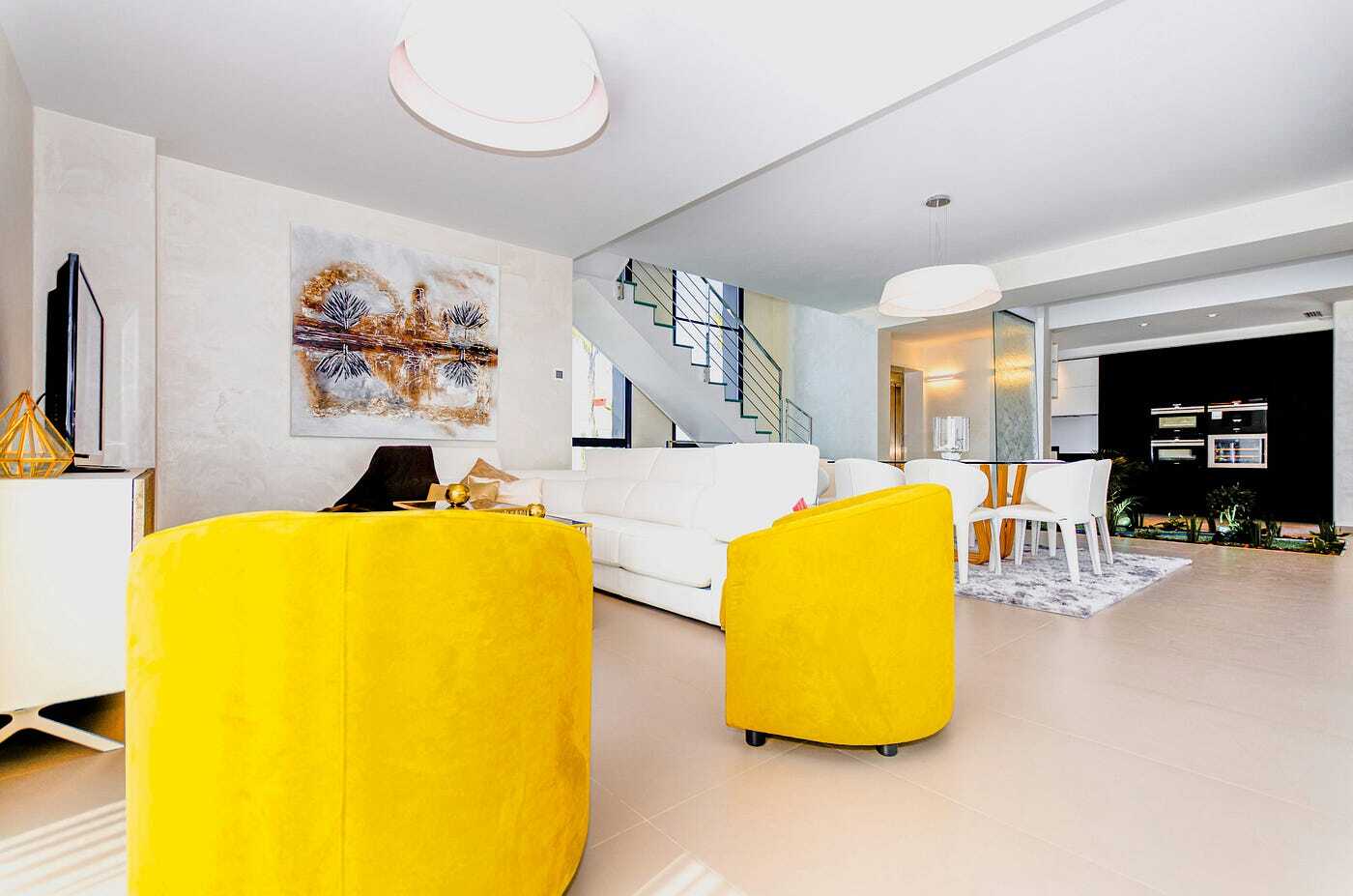
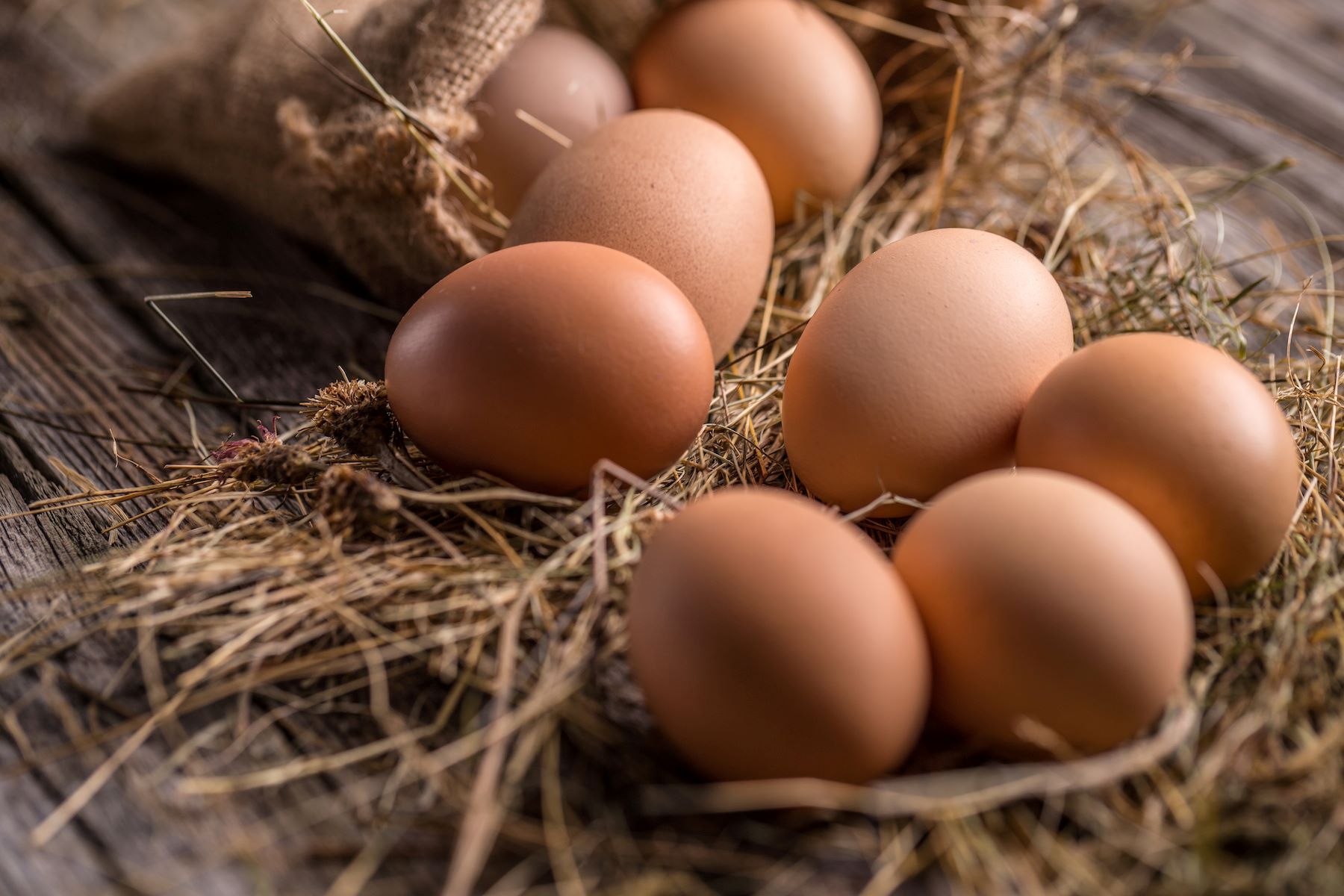
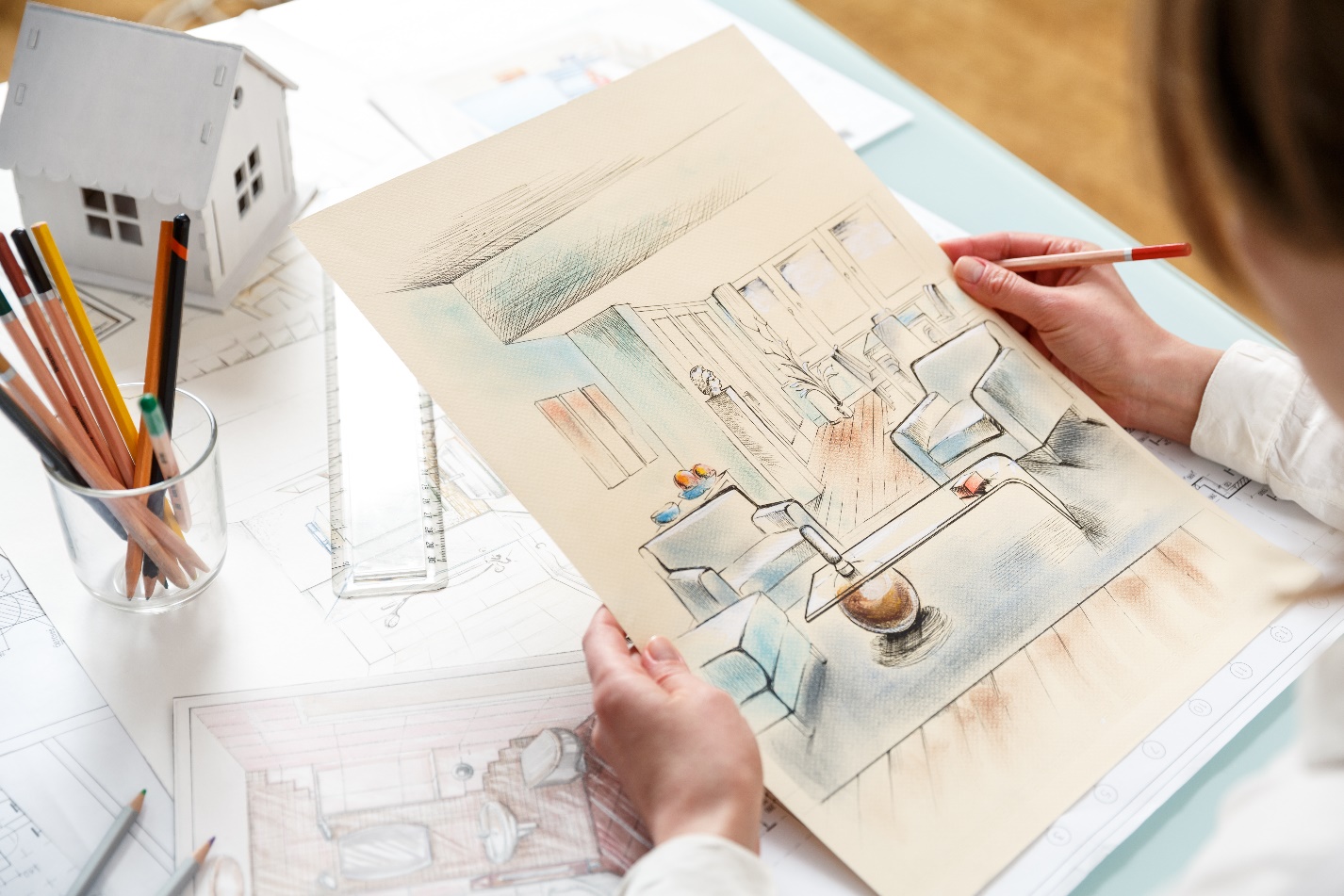
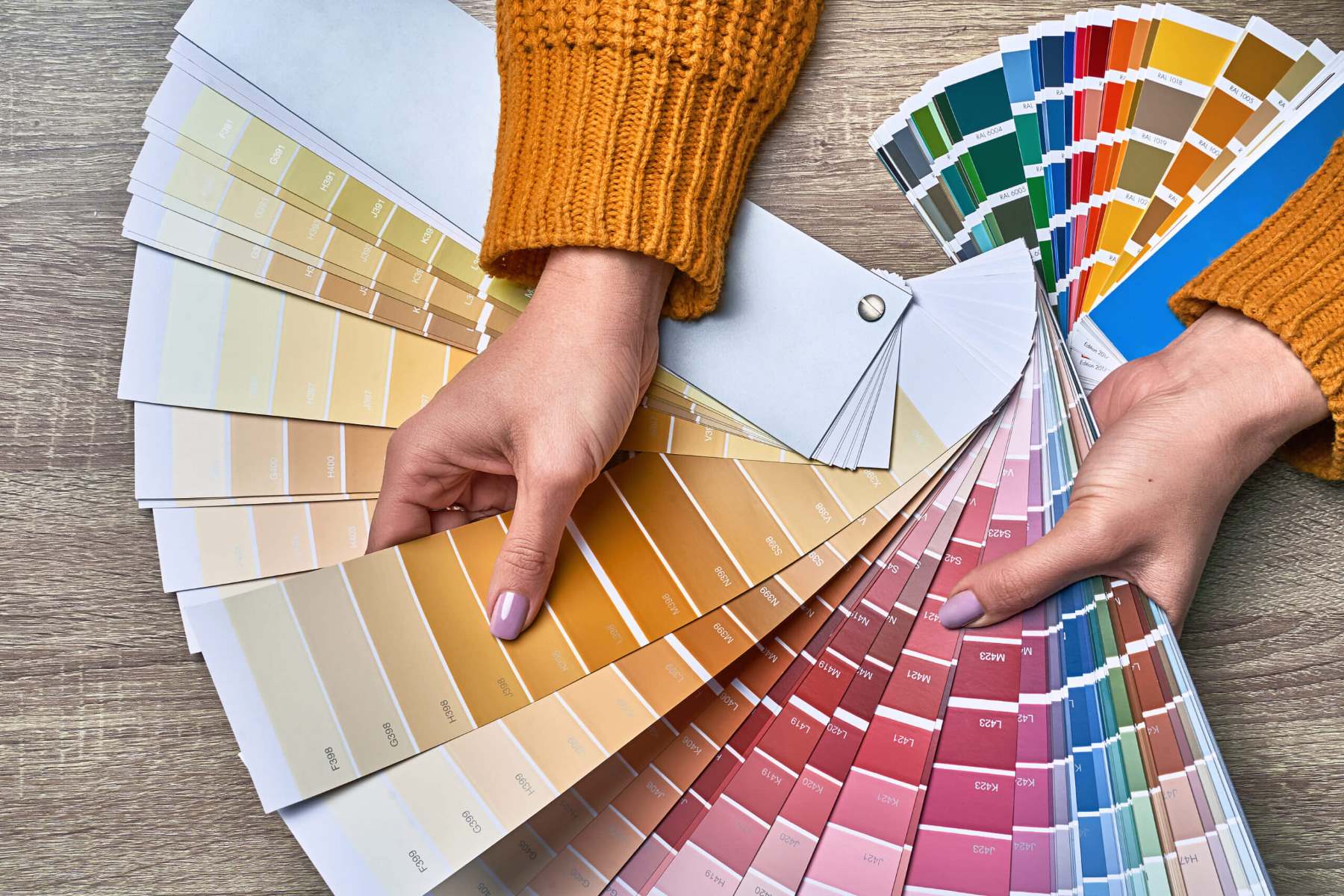
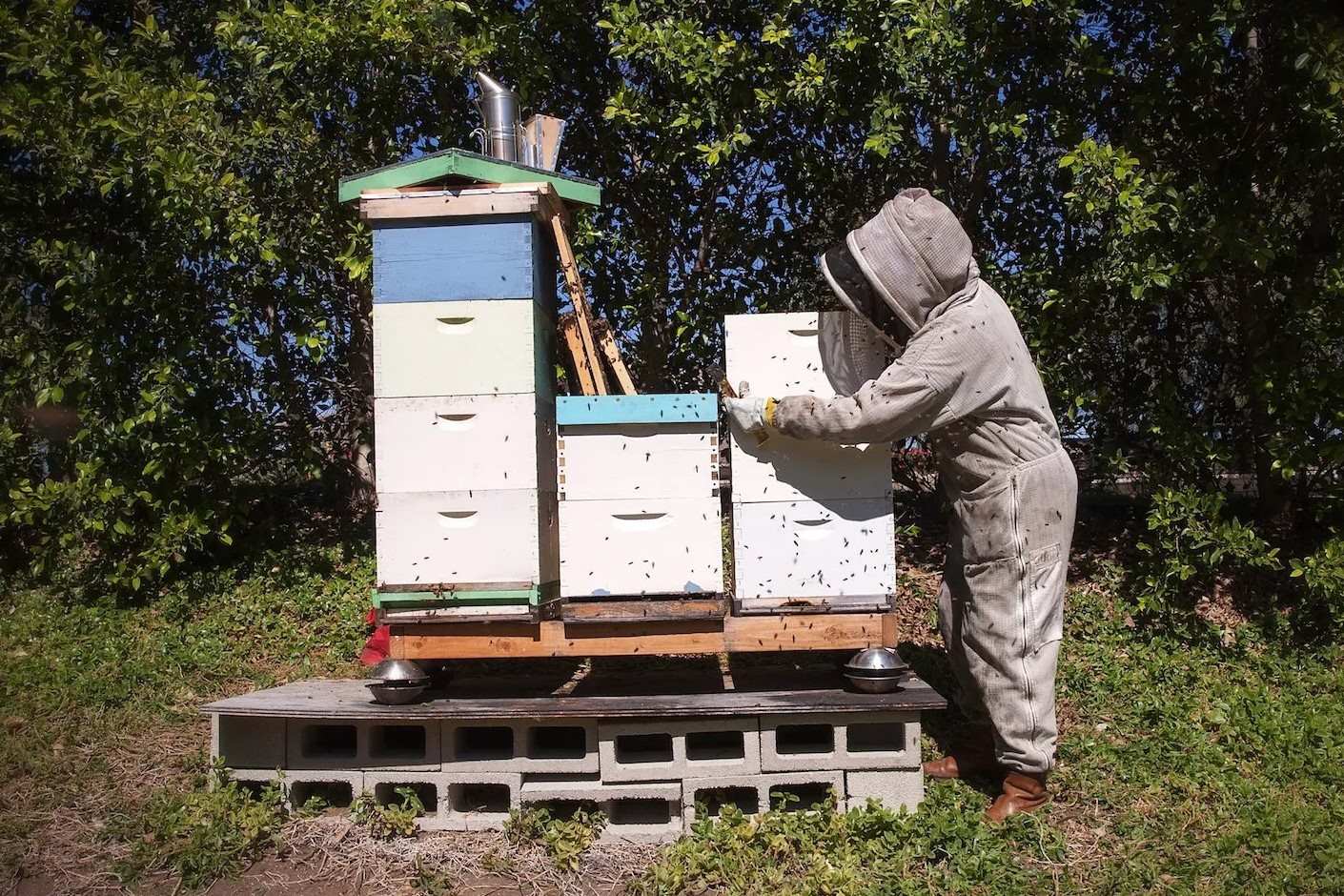
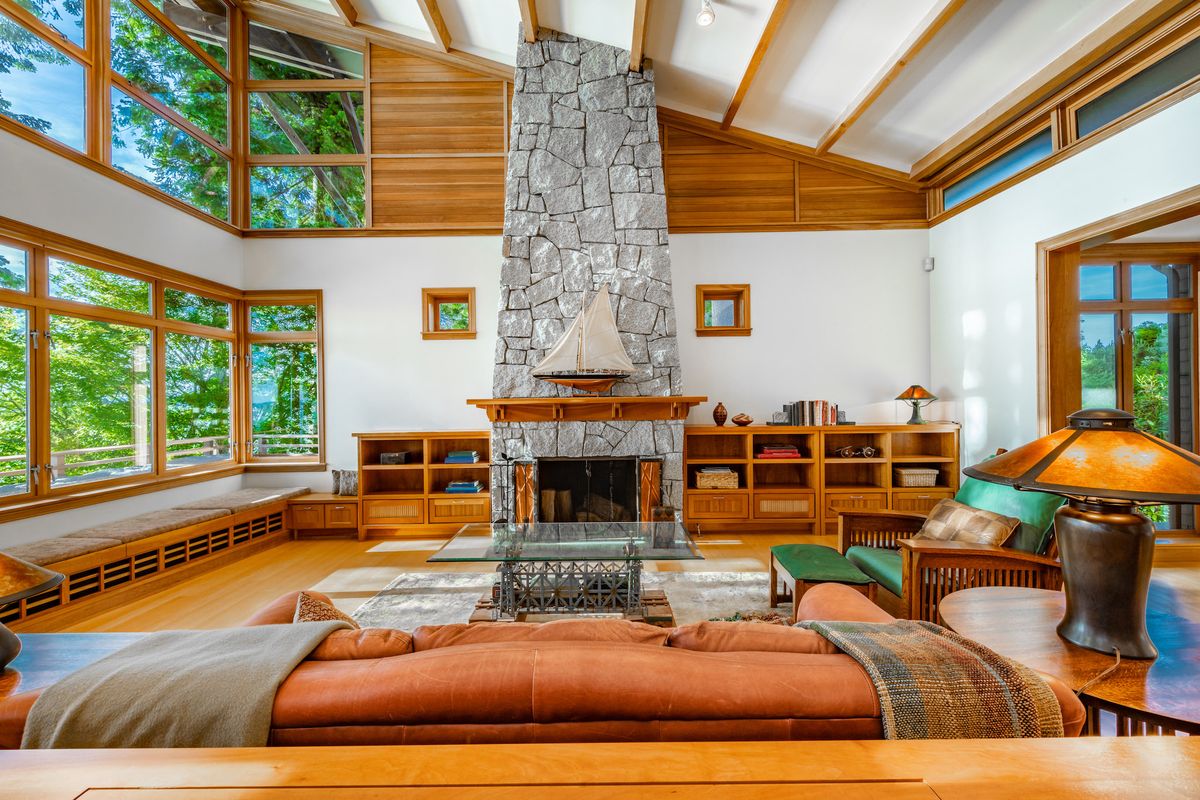
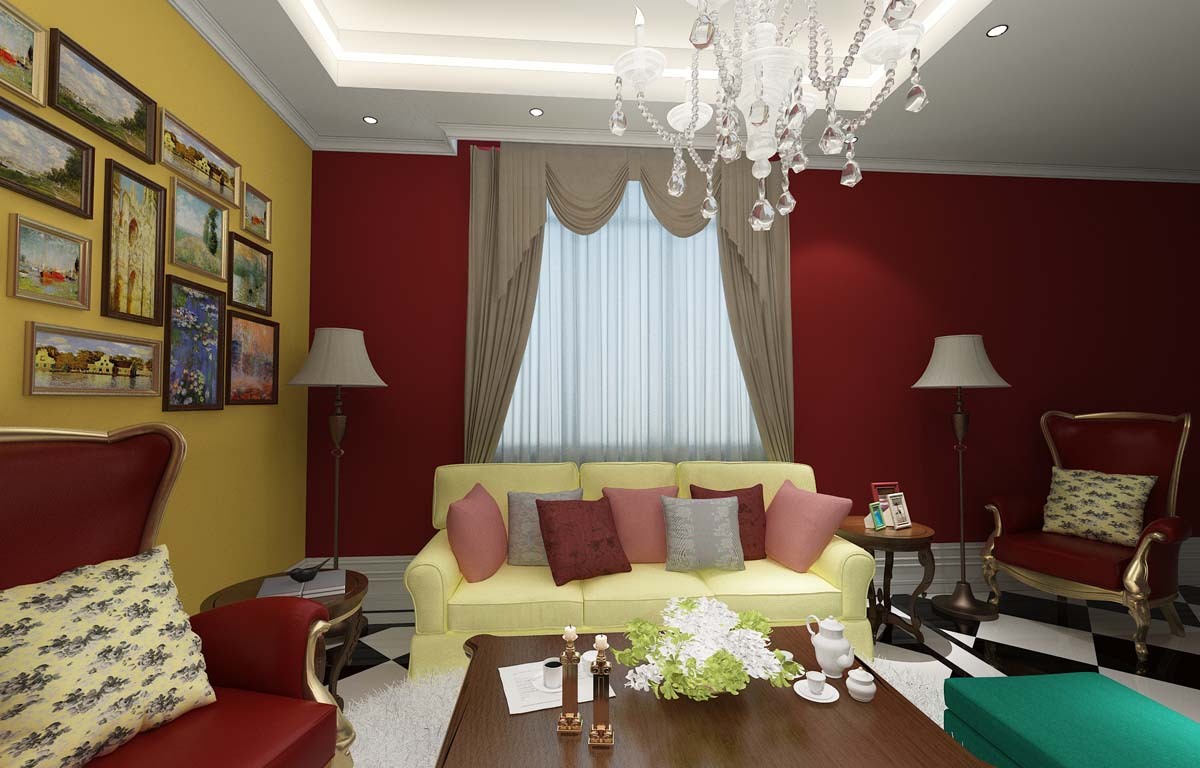
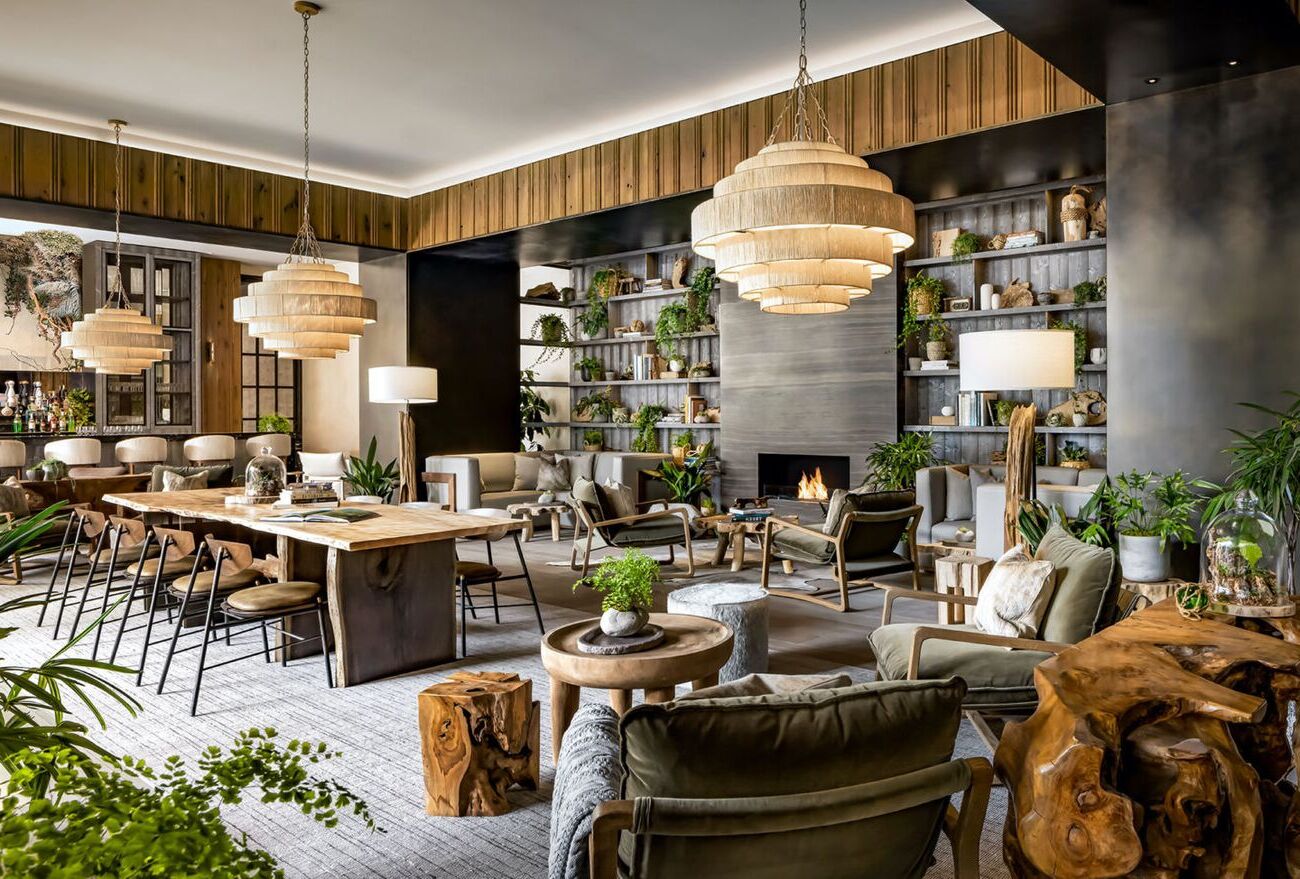
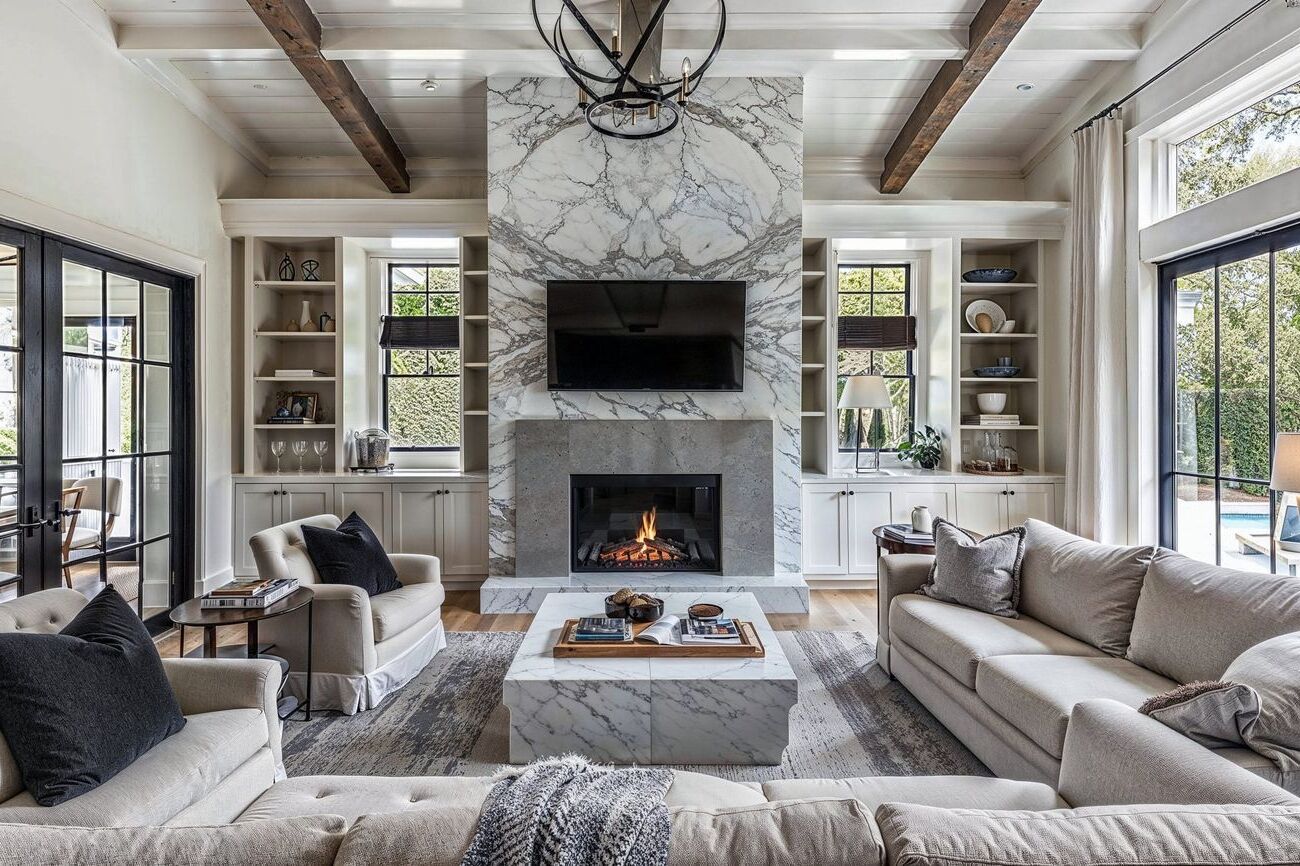
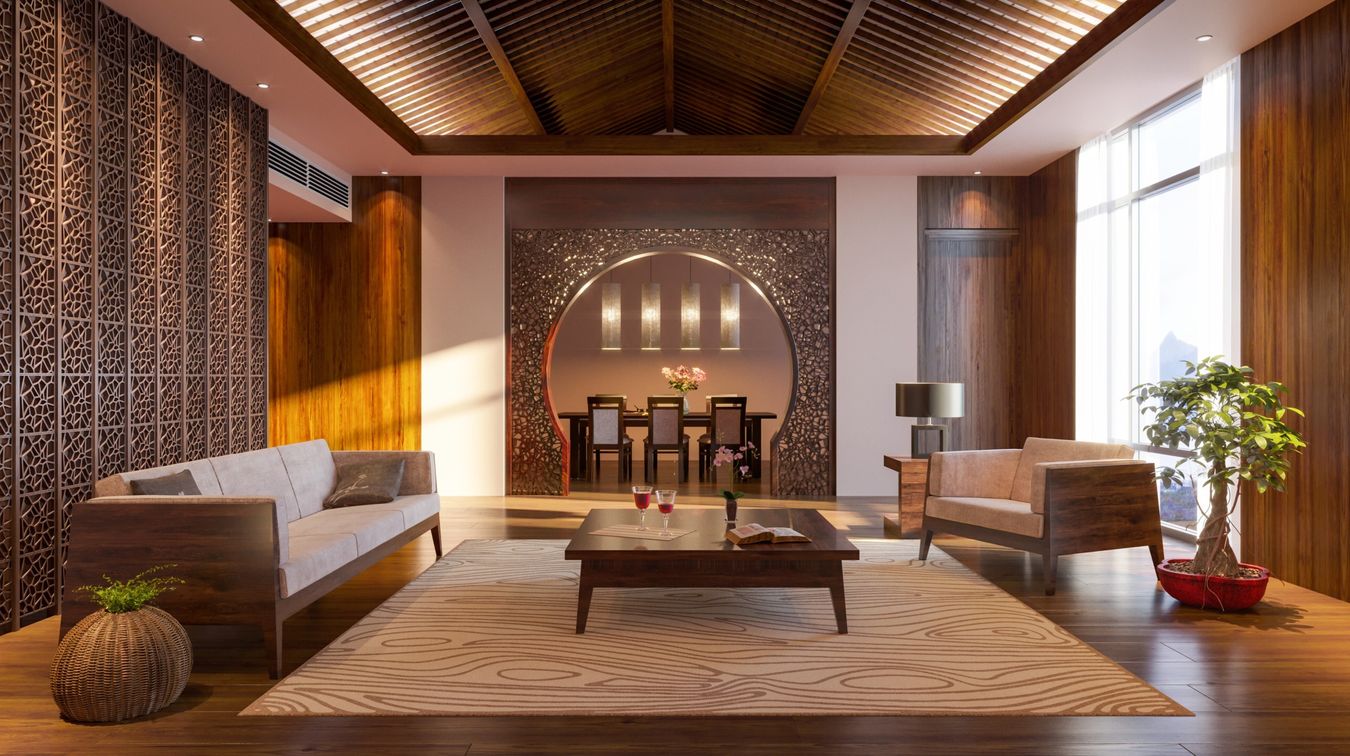
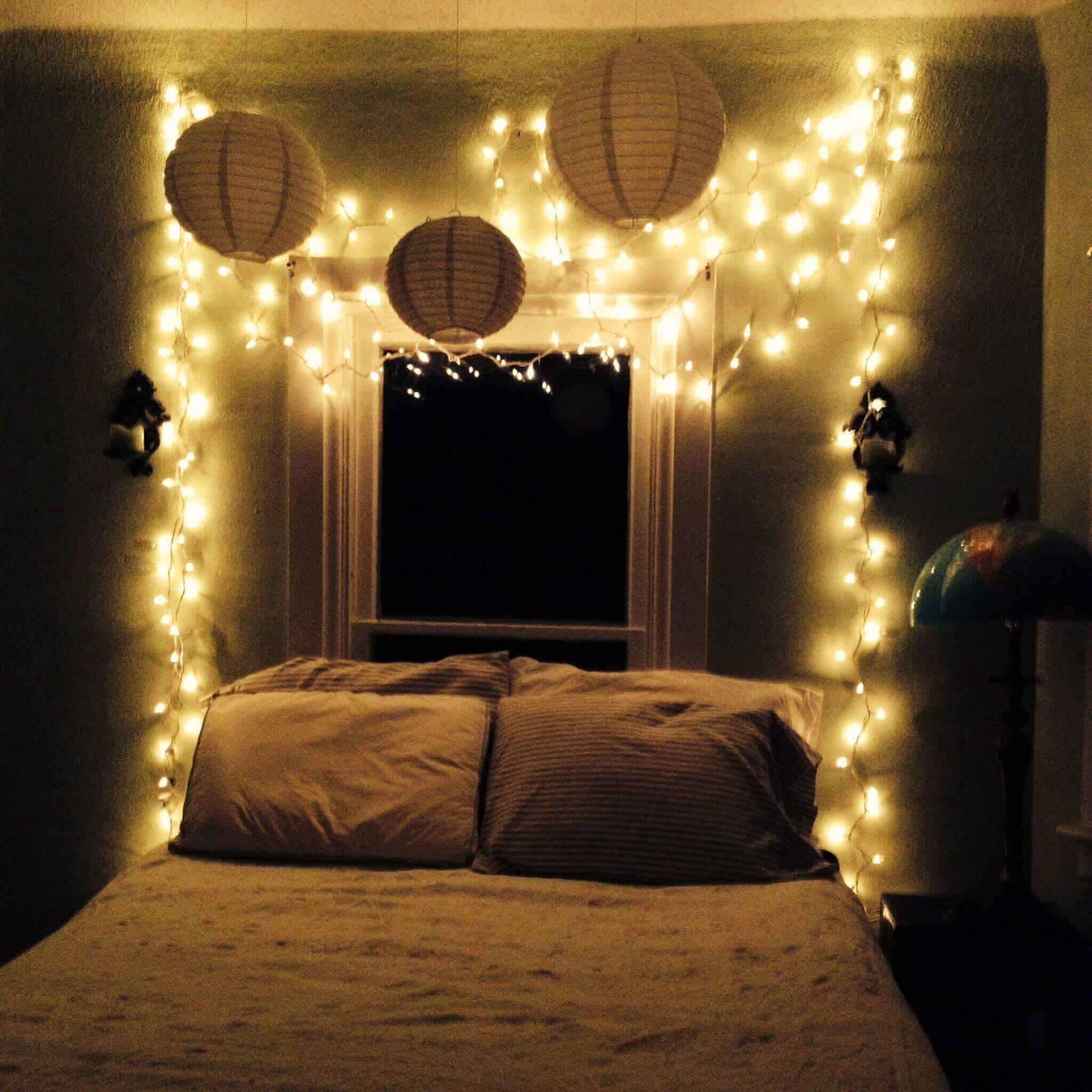
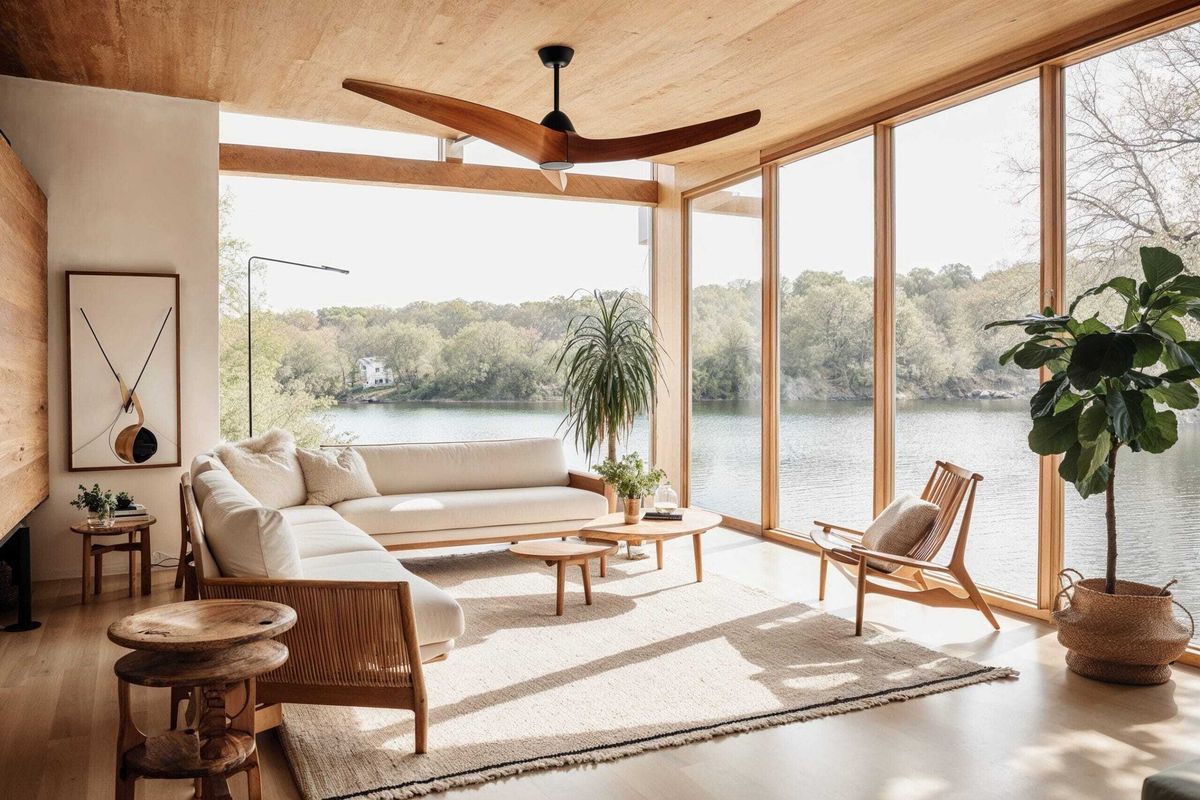
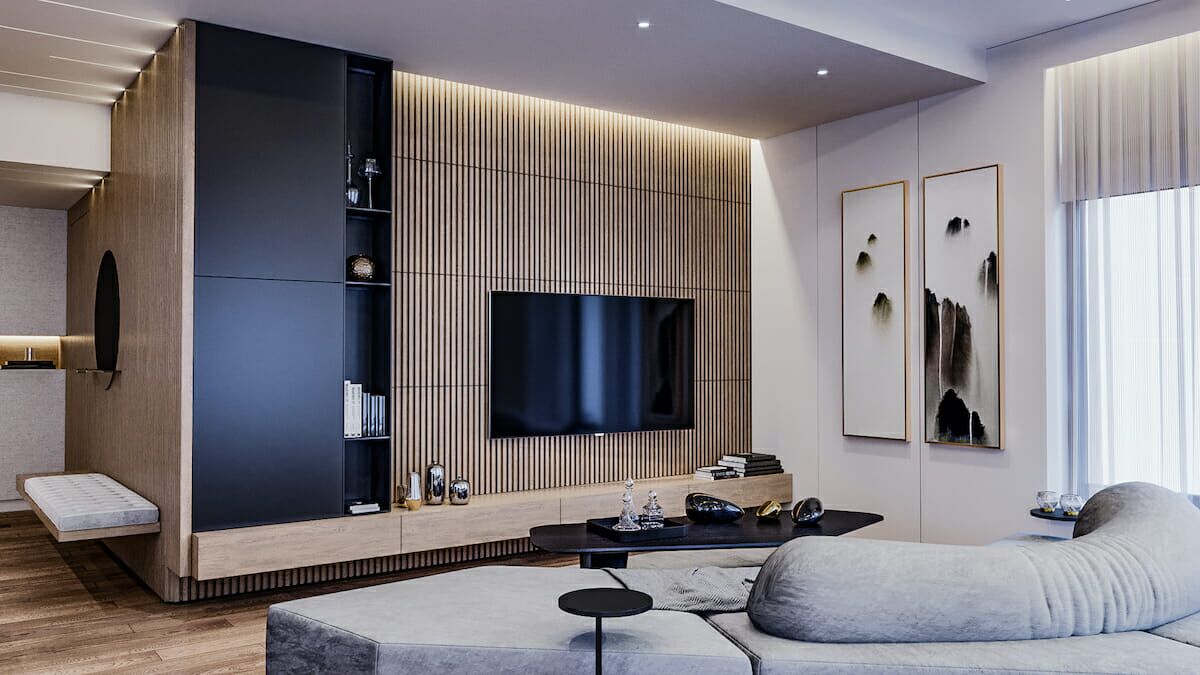

0 thoughts on “How To Incorporate A Farm Into House Interior Design”